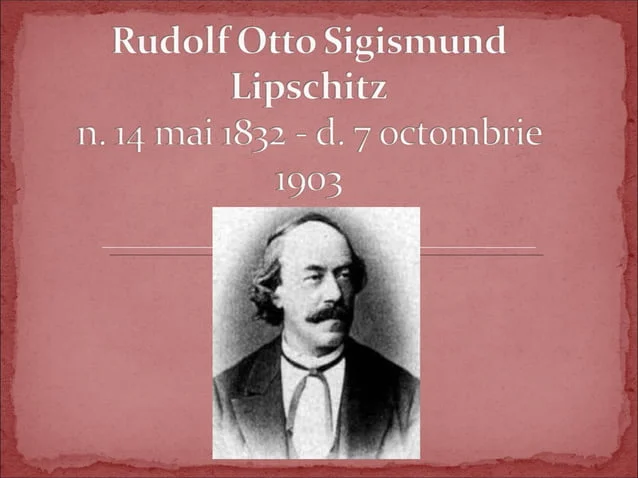Applications of Differential Calculus
“Nothing takes place in the world whose meaning is not that of some
maximum or minimum”
- Leonhard Euler
Early Developments
The primary objective of differential calculus is to partition something into smaller parts (infinitesimal parts), in order to determine how it changes. For this reason today’s differential calculus was earlier named as infinitesimal calculus. Applications of differential calculus to problems in physics and astronomy were contemporary with the origin of science. All through the 18th century these applications were multiplied until Laplace and Lagrange, towards the end of the 18th century, had brought the whole range of the study of forces into the realm of analysis. The development of applications of differentiation are also due to Lejeune Dirichlet, Riemann, von Neumann, Heine, Kronecker, Lipschitz, Christoffel, Kirchhoff, Beltrami, and many of the leading physicists of the century.
• Differential calculus has applications in geometry and dynamics.
• Derivatives of function, representing cost, strength, materials in a process, profit, etc., are used to determine the monotonicity of functions and there by to determine the extreme valuesof the quantities represented by those functions.
• Derivatives of a function do find a prominent place in many of the modelling problems in engineering and sciences.
• Differential calculus has applications in social sciences and medical sciences too.




👍🏻
ReplyDelete